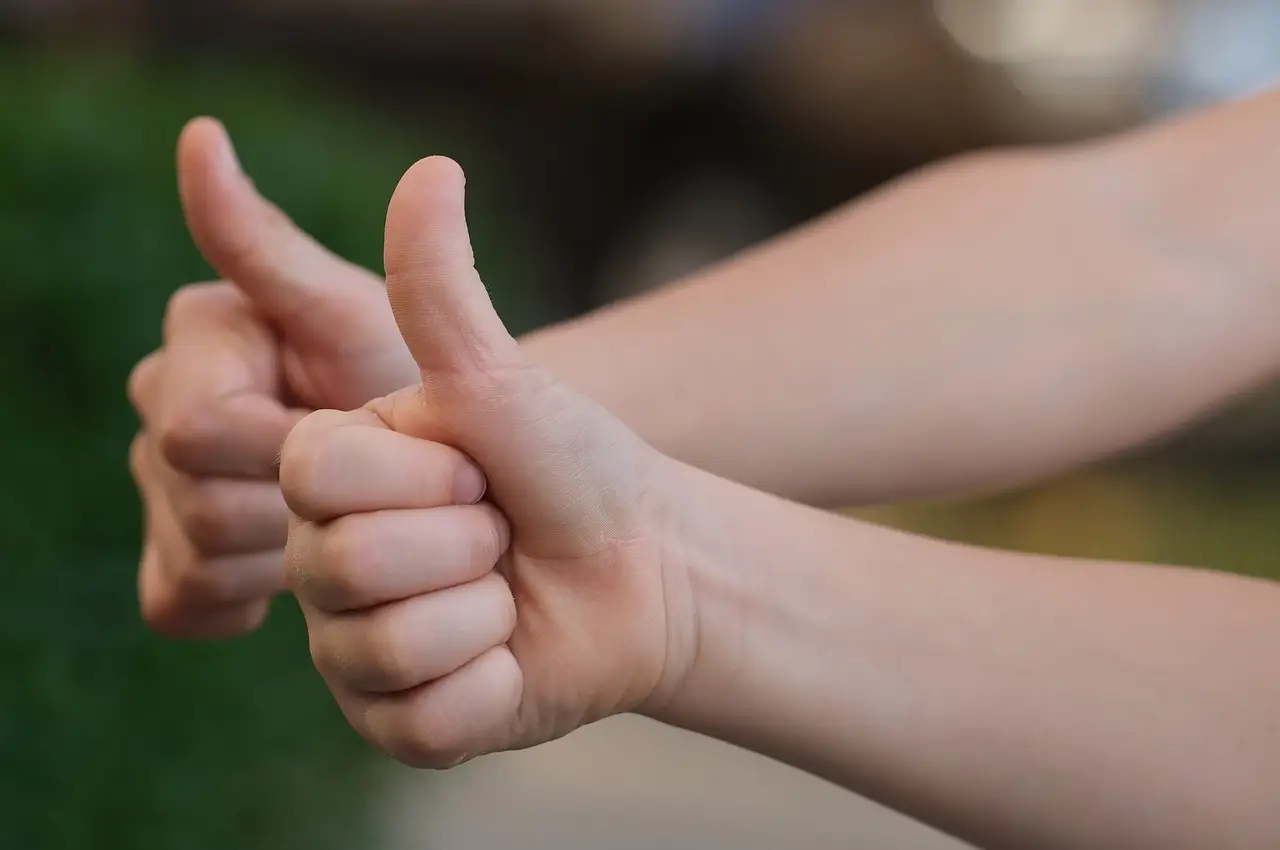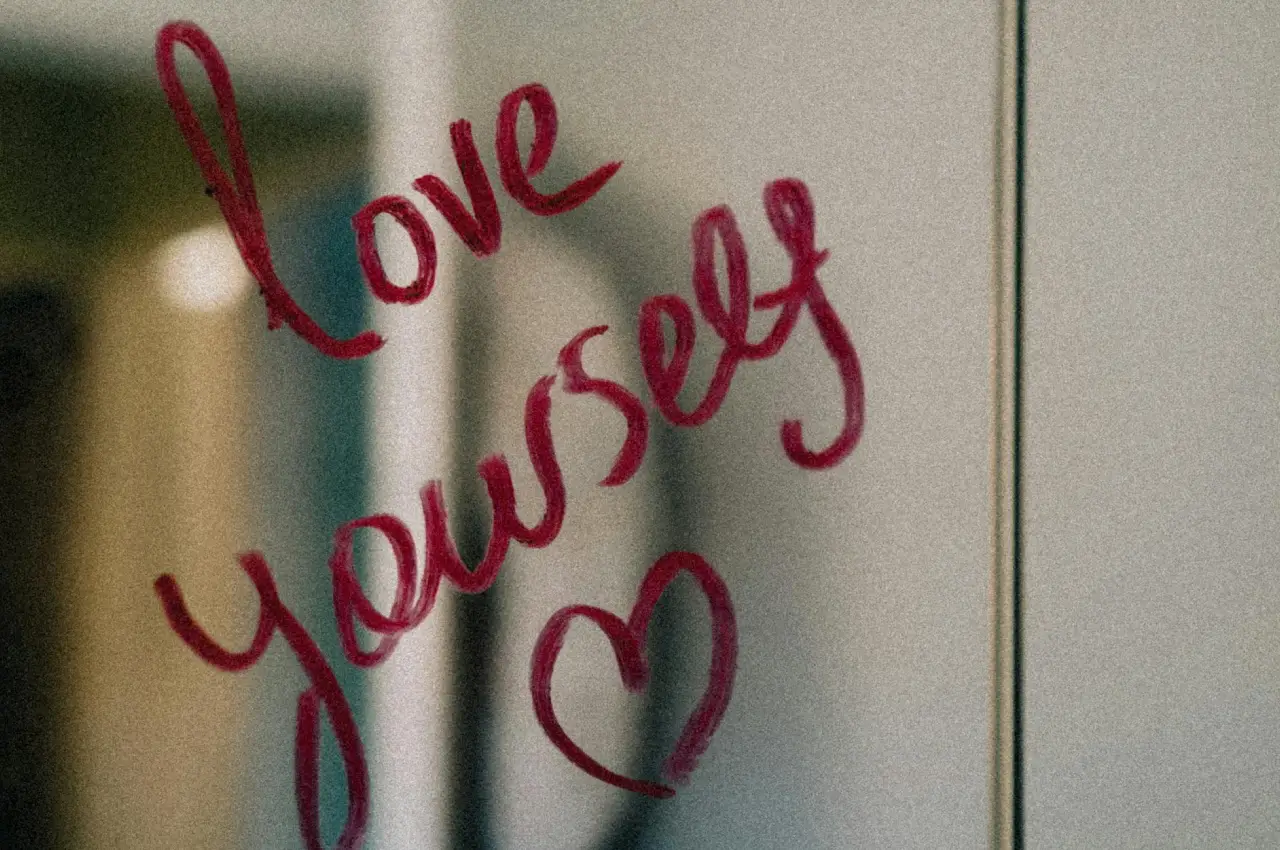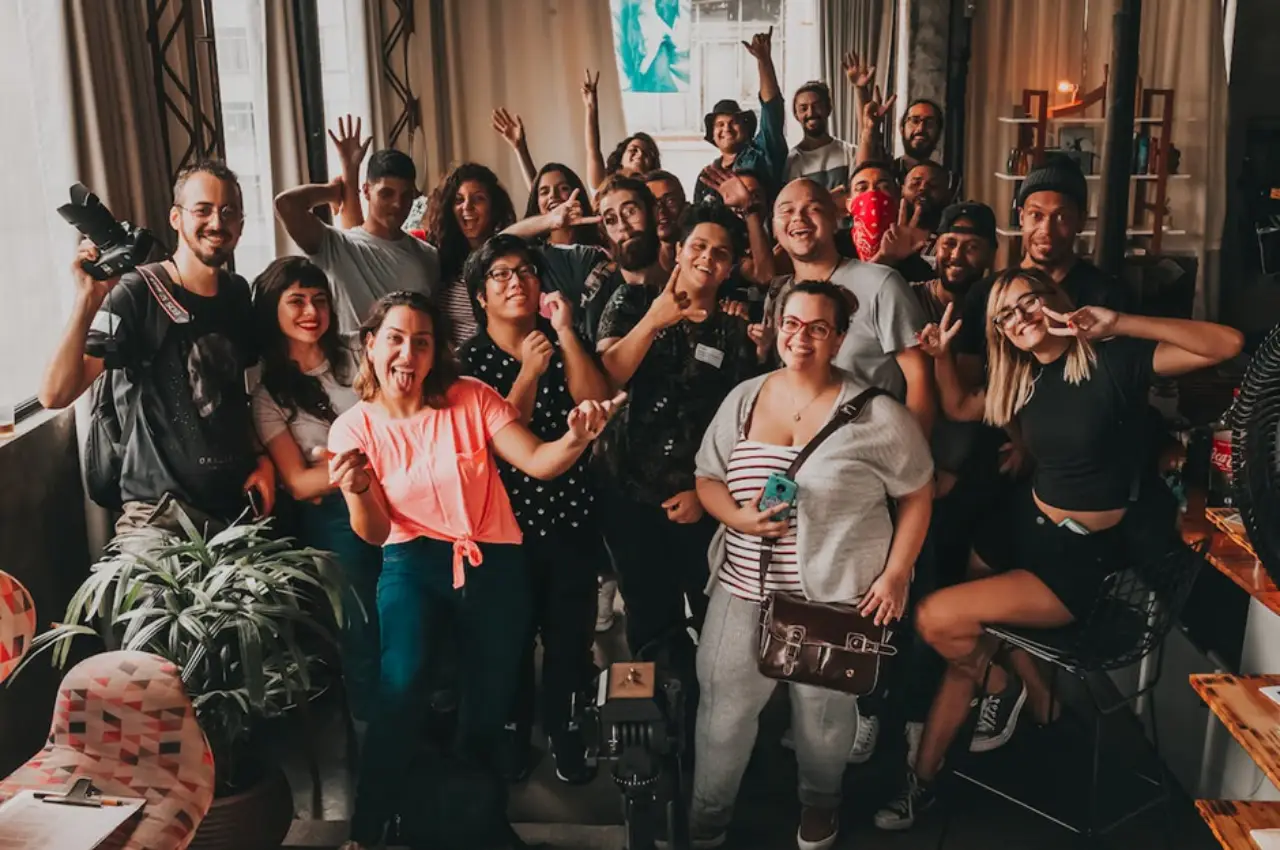We all crave meaningful and fulfilling relationships, whether it’s with our partners, family members, or friends. But what if I told you that one simple yet powerful tool could transform these connections for the better? Positive reinforcement is often associated with teaching or behavioral training, but its impact extends far beyond those realms. When used intentionally in personal relationships, it has the power to foster trust, enhance communication, and build stronger bonds.
What Is Positive Reinforcement?
Positive reinforcement involves rewarding a behavior to increase the likelihood that it will happen again. This reward can be anything from verbal praise to a small gift or even just a warm smile. The key is that the reinforcement makes the other person feel good, encouraging them to repeat the positive behavior.
In personal relationships, positive reinforcement can take many forms. It could be something as simple as thanking your partner for making dinner or telling a friend how much you appreciate their support. These small gestures may seem insignificant, but they can profoundly impact the quality of your relationships.
Why Positive Reinforcement Matters in Relationships
When we consistently reinforce positive behaviors, we create an environment where those behaviors thrive. Imagine a relationship where each person feels valued, appreciated, and motivated to be their best selves. That’s what positive reinforcement can do. It helps to create a cycle of positivity, where good actions lead to positive feedback, which in turn encourages more good actions.
Research has shown that couples who regularly express appreciation for one another have stronger relationships. This is because positive reinforcement helps to build trust and security, making both partners feel more connected and committed.
The Science Behind Positive Reinforcement
Positive reinforcement isn’t just a feel-good strategy; it’s backed by science. When we receive positive feedback, our brains release dopamine, a neurotransmitter associated with pleasure and reward. This dopamine boost makes us feel good and motivates us to repeat the behavior that triggered it. Over time, this creates a pattern of positive behavior that can significantly improve our relationships.
Moreover, positive reinforcement can help to rewire our brains. By focusing on the good in our relationships, we train our brains to notice and appreciate the positive aspects more often. This shift in focus can help to counteract the negativity bias that many of us naturally have, leading to more satisfying and harmonious relationships.
Practical Ways to Use Positive Reinforcement in Your Relationships
Verbal Praise and Appreciation
Words are powerful. Simply telling someone you appreciate their efforts or admire something they did can go a long way. For instance, if your partner takes the initiative to plan a date night, express your gratitude. A simple, “I love how thoughtful you are,” can make them feel valued and encourage them to continue putting effort into the relationship.
Small Acts of Kindness
Sometimes, actions speak louder than words. Doing something kind for your loved one, like surprising them with their favorite snack or taking care of a chore they dislike, can be a form of positive reinforcement. These gestures show that you notice and appreciate their efforts, making them feel loved and motivated to reciprocate.
Non-Verbal Cues
Positive reinforcement doesn’t always have to be verbal. A warm smile, a hug, or even just making eye contact can communicate appreciation and love. These non-verbal cues can strengthen the emotional connection in your relationships.
Celebrate Successes
Whether big or small, celebrating your loved one’s achievements can be a powerful form of positive reinforcement. If your friend lands a new job, take them out to celebrate. If your partner accomplishes a personal goal, acknowledge their hard work and perseverance. These celebrations reinforce the idea that you’re invested in their happiness and success.
Quality Time
Sometimes, the best way to show someone they matter is by spending quality time with them. This doesn’t have to mean grand gestures; even small, consistent efforts can have a big impact. For instance, making time for a weekly coffee catch-up with a friend or setting aside a night each week for a date with your partner can be a form of positive reinforcement that strengthens your bond.
Life Examples of Positive Reinforcement in Action
Consider Jane and Mike, a couple who had been together for five years. Over time, they fell into a routine, and the little things they once did for each other began to fade. Jane realized that they rarely complimented each other anymore and that their conversations often revolved around day-to-day logistics rather than meaningful connection.
Jane decided to change this by consciously practicing positive reinforcement. She started by complimenting Mike when he did something thoughtful, like making her coffee in the morning. She also began to thank him for his contributions around the house, even for tasks he had been doing for years. At first, Mike seemed surprised by the sudden influx of appreciation, but soon he began to reciprocate. He started acknowledging Jane’s efforts as well, and gradually, their relationship became more affectionate and connected. What began as a conscious effort to reinforce positive behavior eventually became second nature, leading to a more fulfilling relationship for both of them.
The Ripple Effect of Positive Reinforcement
One of the most remarkable aspects of positive reinforcement is its ripple effect. When you reinforce positive behavior in one relationship, it often spills over into other areas of your life. For example, if you start practicing positive reinforcement with your partner, you may find yourself naturally applying the same principles with your friends, family, and even coworkers. This creates a network of positive, supportive relationships that can significantly improve your overall well-being.
Furthermore, when people feel appreciated and valued, they’re more likely to pass that positivity on to others. This creates a cycle of kindness and appreciation that can have a far-reaching impact, both within your personal relationships and in your broader community.
Challenges and How to Overcome Them
While positive reinforcement is a powerful tool, it’s not always easy to practice consistently. Sometimes, we may feel too tired, stressed, or frustrated to offer praise or appreciation. Other times, we might worry that we’re reinforcing behavior we don’t want to encourage.
The key is to be intentional and mindful. Start by setting small, achievable goals for yourself, like offering one piece of positive reinforcement each day. Over time, this will become a habit, making it easier to practice even during challenging times. Additionally, focus on reinforcing the behaviors you want to see more of. For instance, if your partner tends to leave dishes in the sink, praise them when they do put them away, rather than criticizing them when they don’t.
It’s also important to be authentic in your reinforcement. People can usually tell when praise is insincere, and this can undermine your efforts. Make sure your positive reinforcement is genuine and specific, so it feels meaningful to the other person.
Start Building Stronger Relationships Today
Positive reinforcement is more than just a behavioral tool; it’s a way to build deeper, more meaningful relationships. By consciously practicing positive reinforcement, you can create a cycle of positivity that strengthens your bonds with loved ones, improves communication, and enhances overall relationship satisfaction.
So, why not start today? Think about the people in your life and the behaviors you’d like to encourage. Then, begin offering genuine, specific positive reinforcement whenever you notice those behaviors. It may take some time to see the full impact, but with consistency and authenticity, you’ll likely find that your relationships become more loving, supportive, and fulfilling.
Have you tried using positive reinforcement in your relationships? What was the outcome? I’d love to hear your experiences and insights. Please leave a comment below and share your story!





